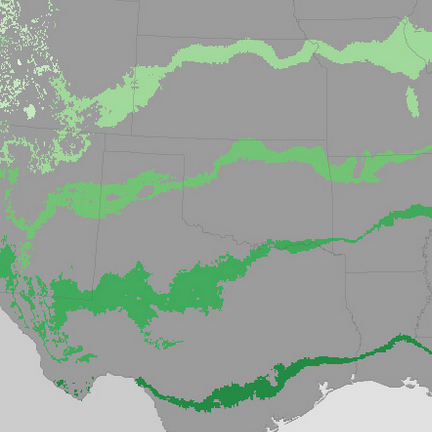This page provides quick links to climate information to help landscape architects access relevant data for their projects. While much climate information is available through various sources, our survey of landscape architects found that practitioners desired easy access to locally specific data. The link here to the New York Times provides basic answers to questions about climate change. In Florida, sea levels are expected to rise by approximately 1 meter by the year 2100, resulting in increased flooding and saltwater intrusion into freshwater supplies. Though temperatures are expected to generally rise, temperature extremes may also increase in frequency, in addition to droughts and extreme precipitation events. This is due in part to the likelihood of more intense storms. A summary of these projections for Florida can be found here. All of these changes will affect water supplies, plant distribution and hardiness, and the distribution and impacts from invasive species.
It is difficult to locate data that is locally relevant for a broad range of landscape architects due to the broad range of project types and locations that landscape architects work on. However, the links below include good sources of data on sea-level rise, precipitation, and temperature change that may be useful at least as a reference.
Image Sources: National Oceanic and Atmospheric Administration (NOAA) and the U.S. Global Climate Change Research Program





